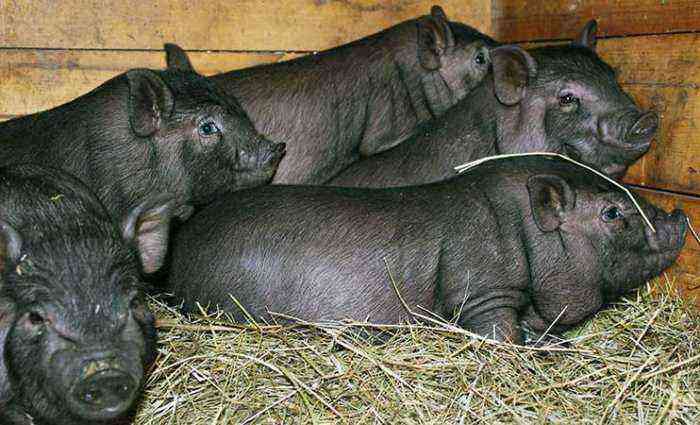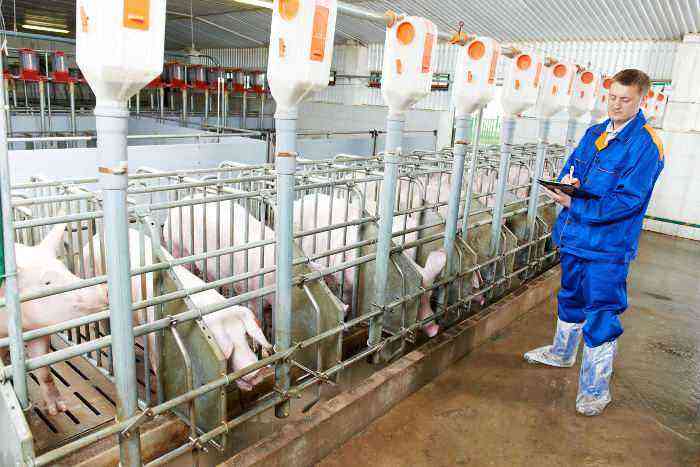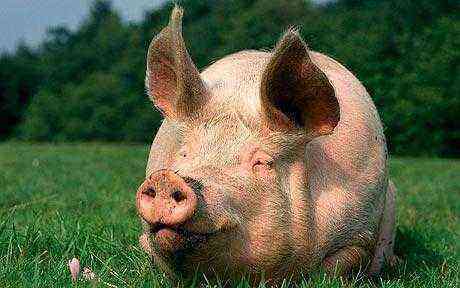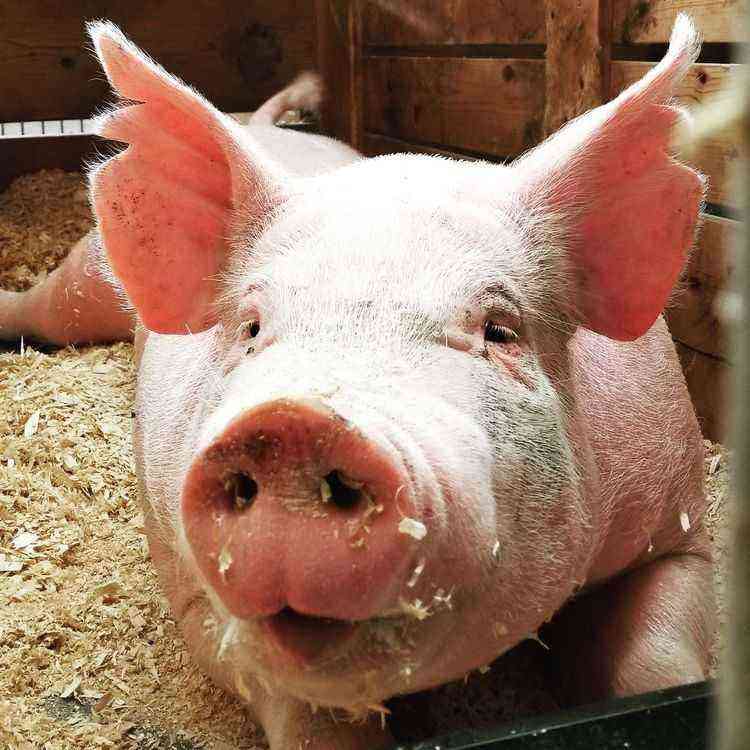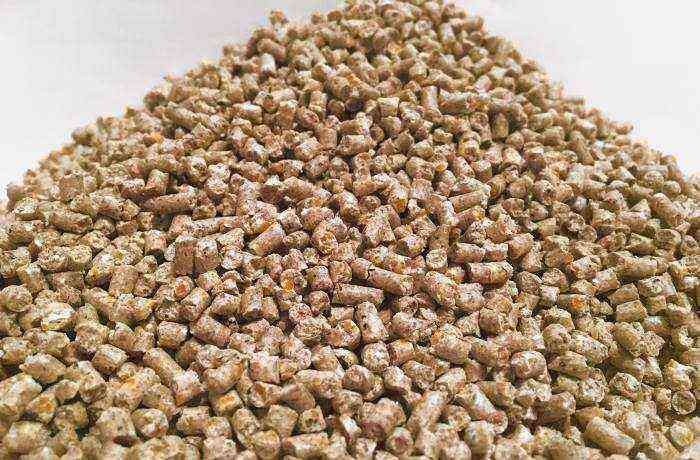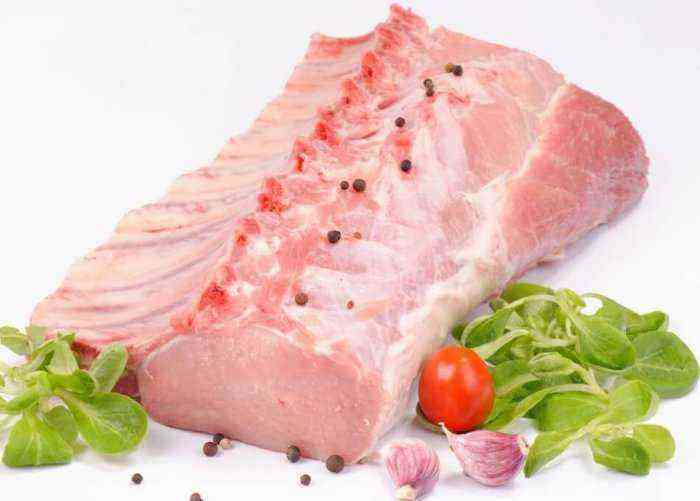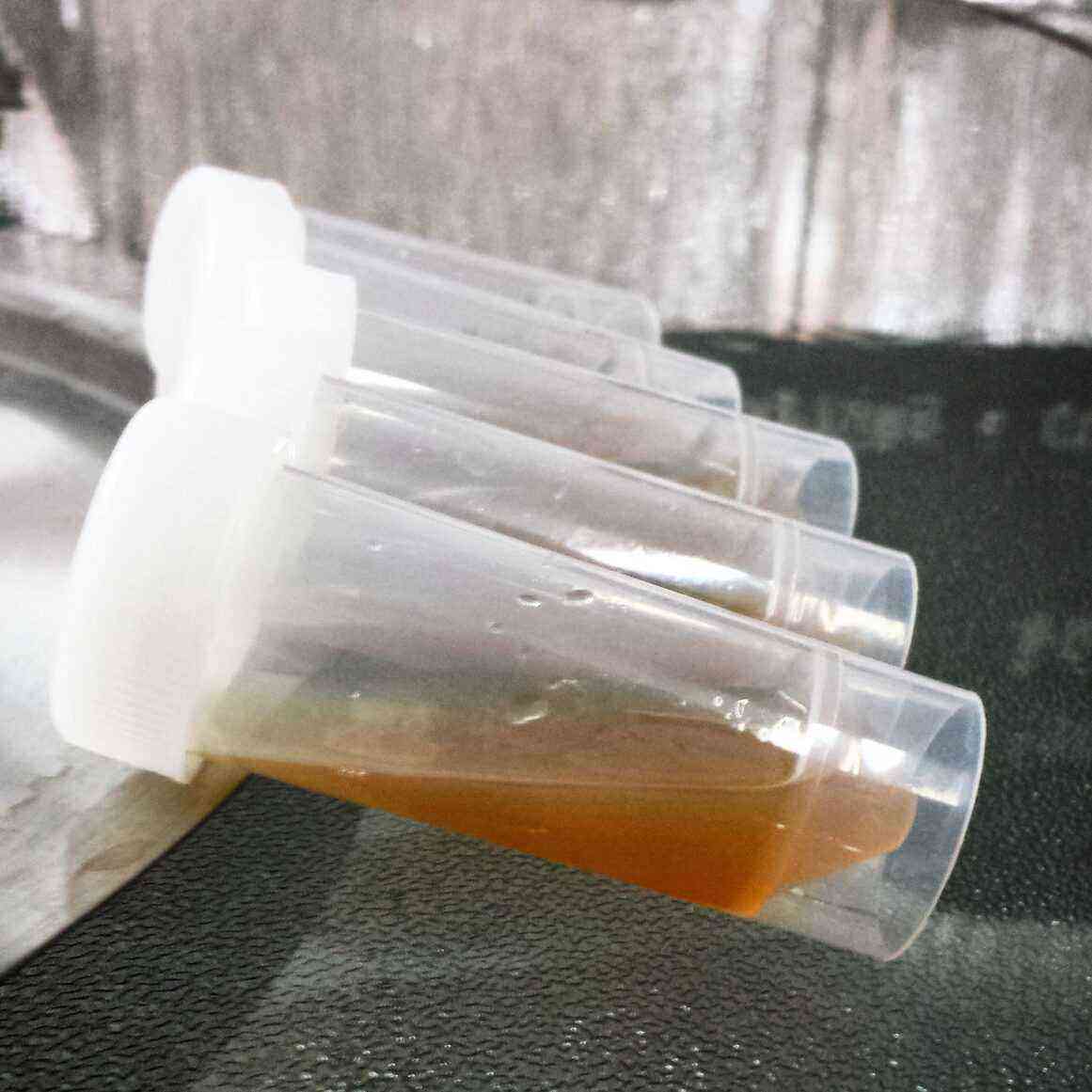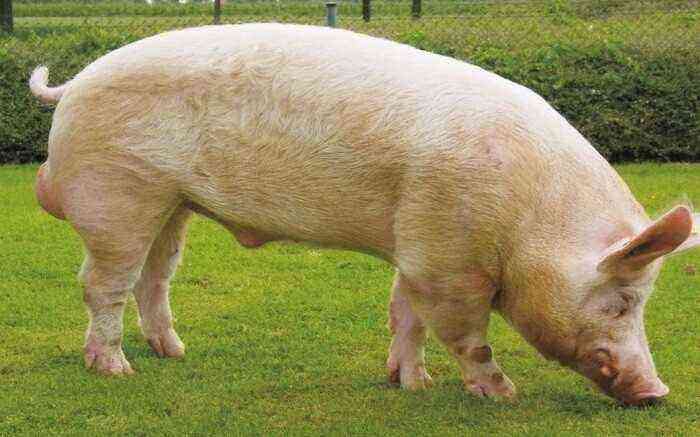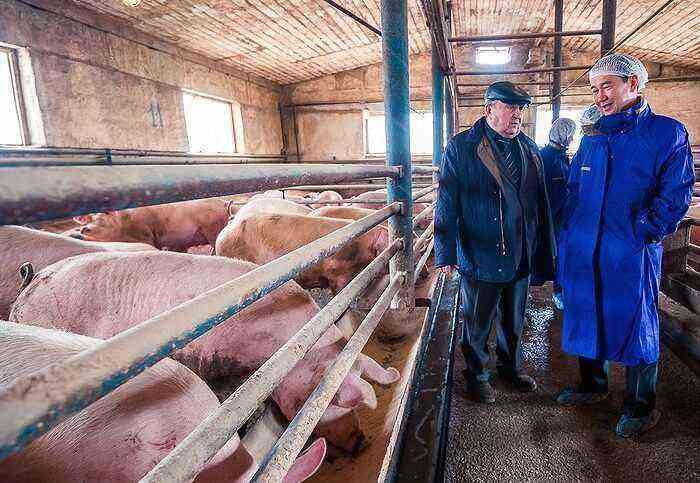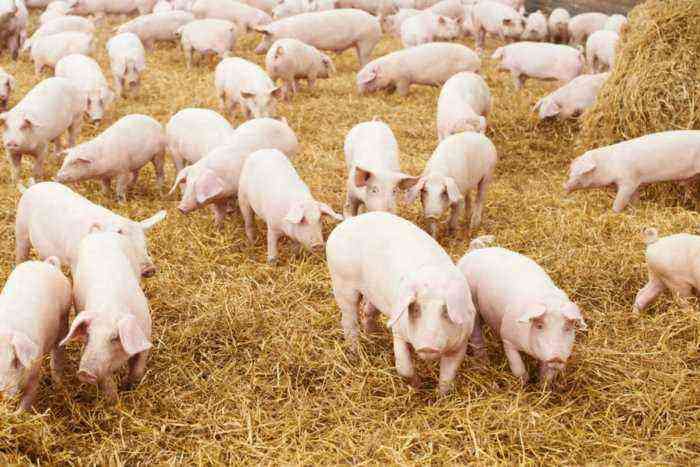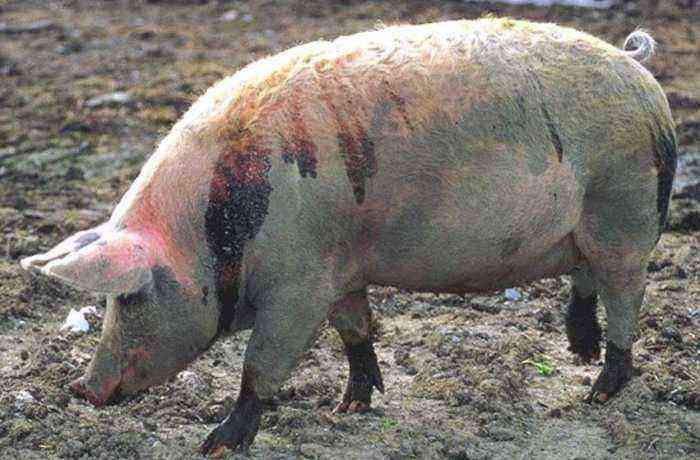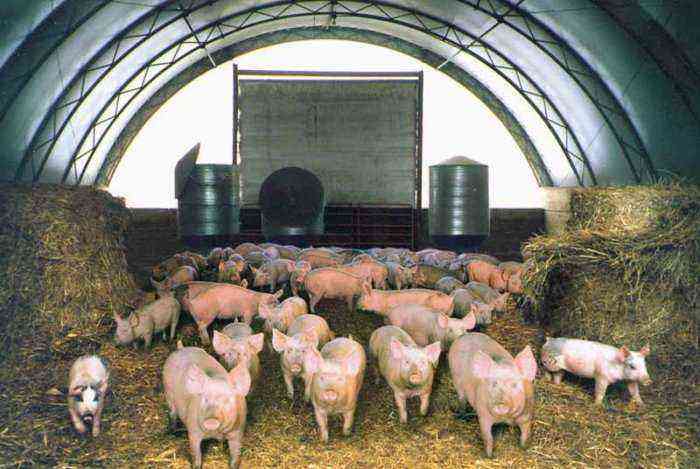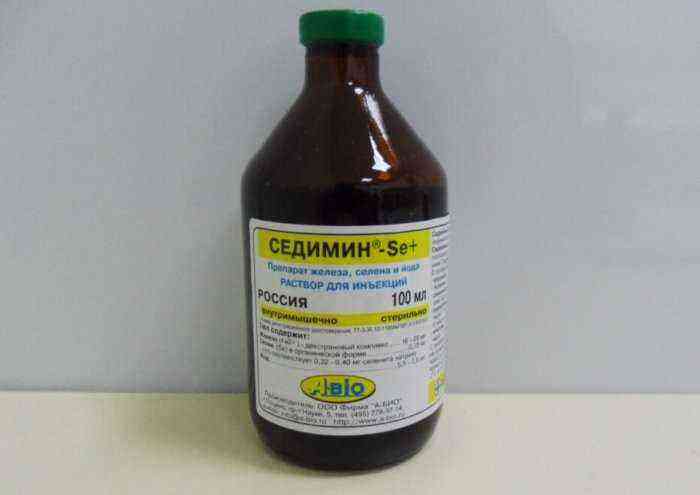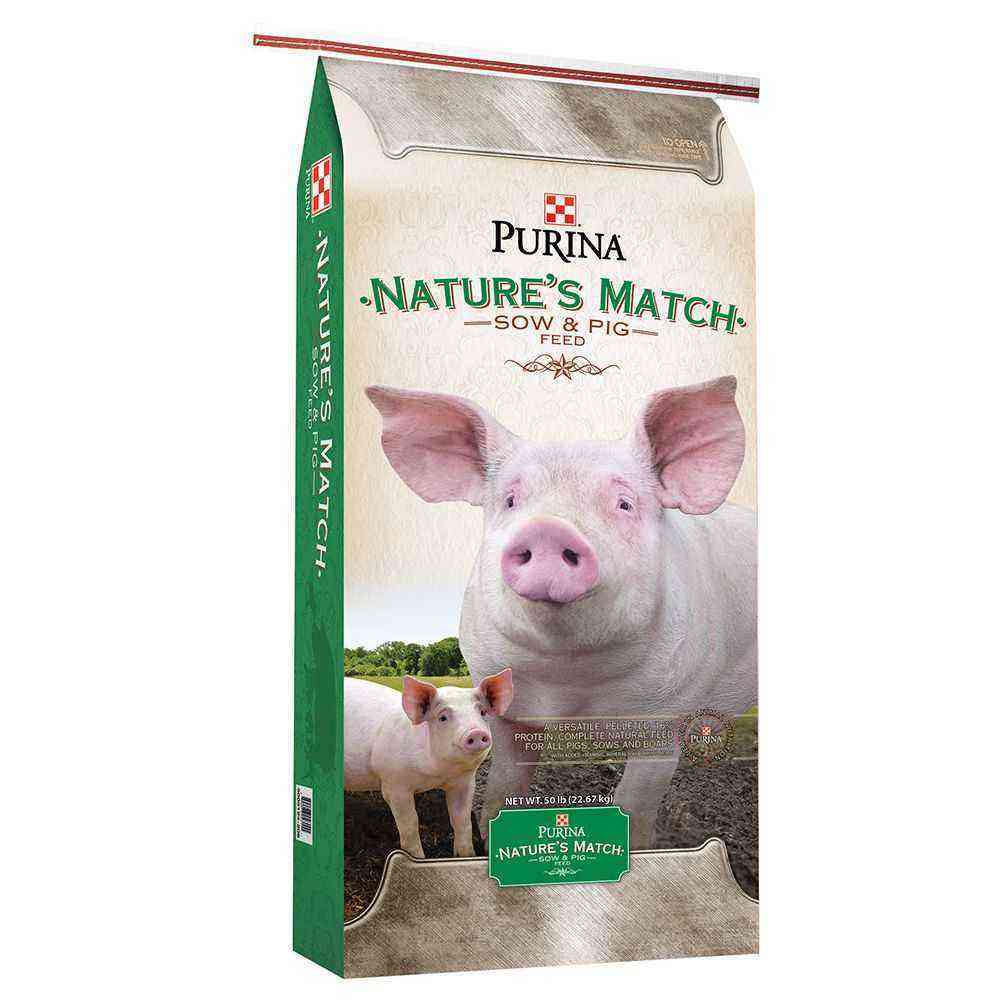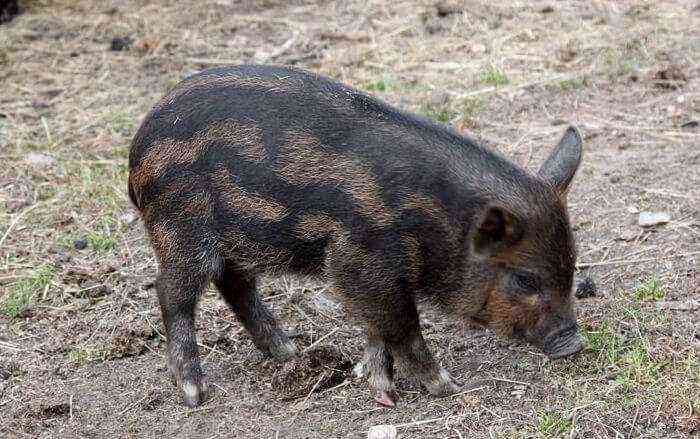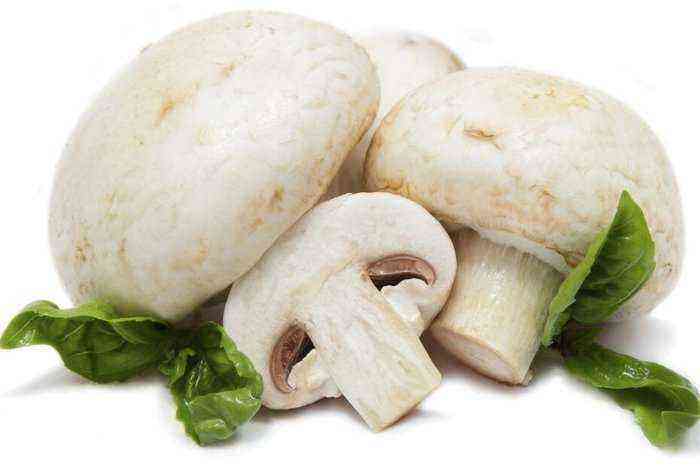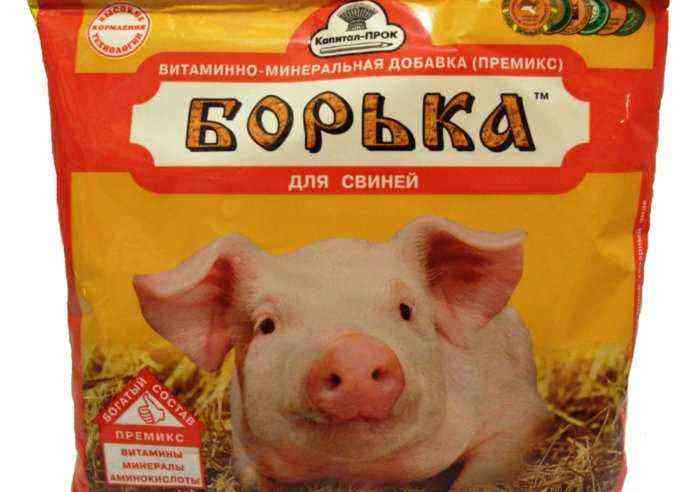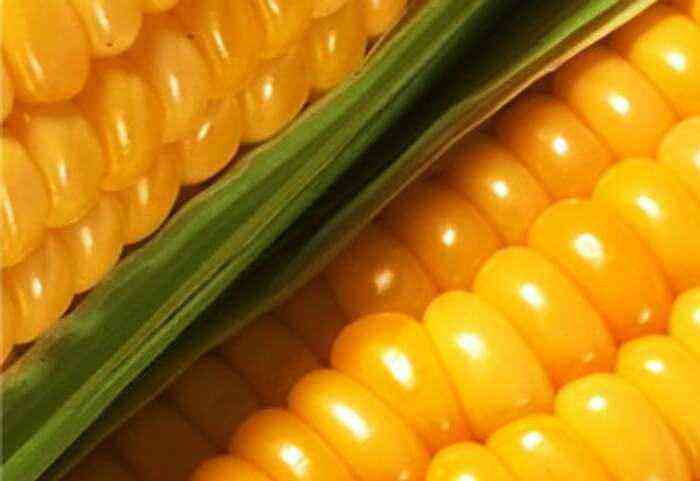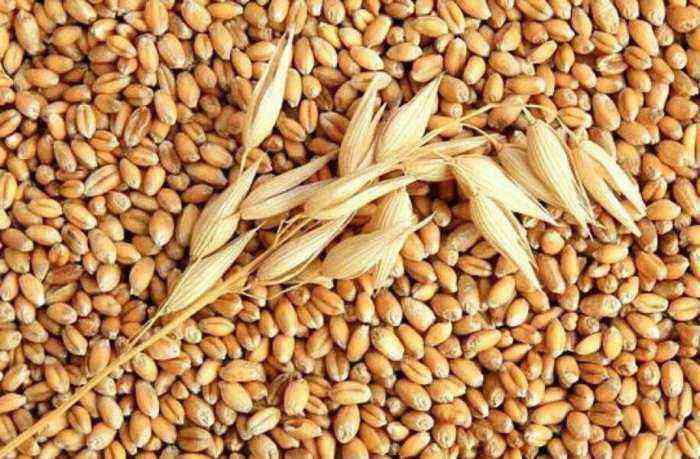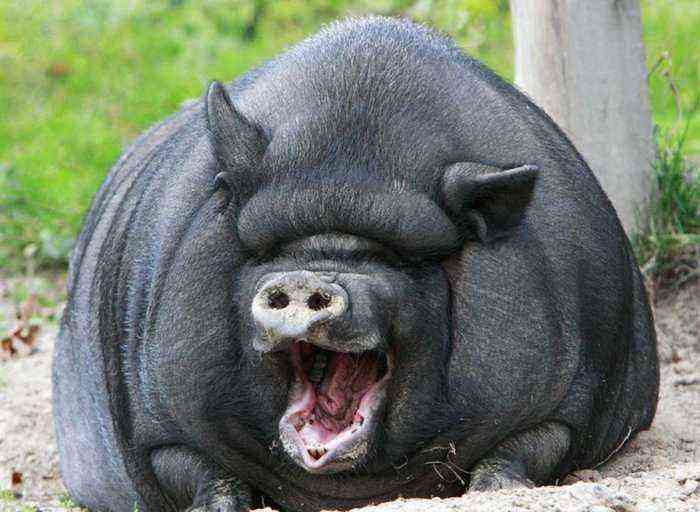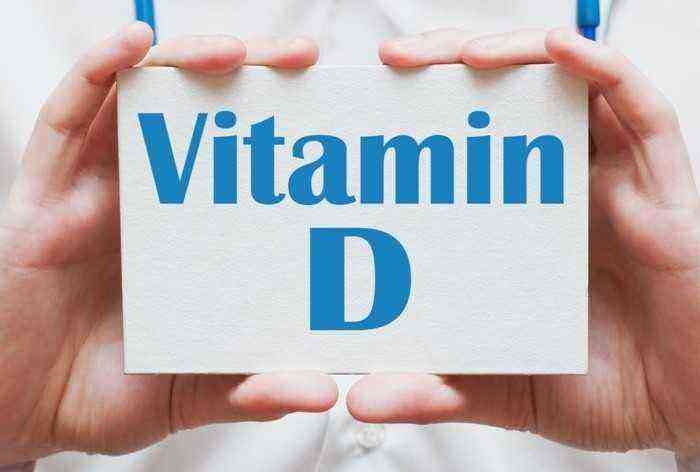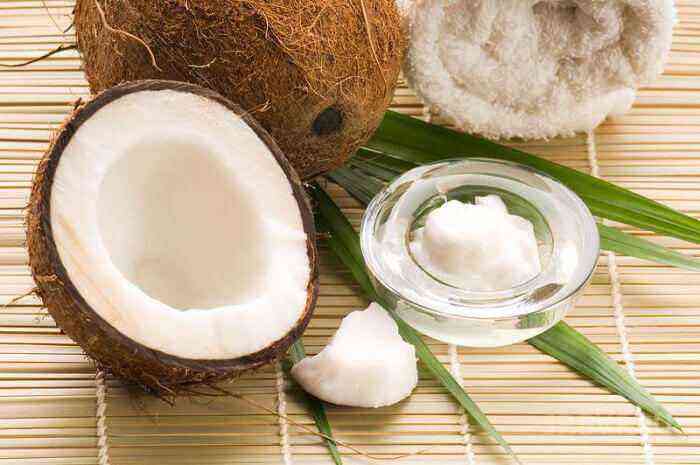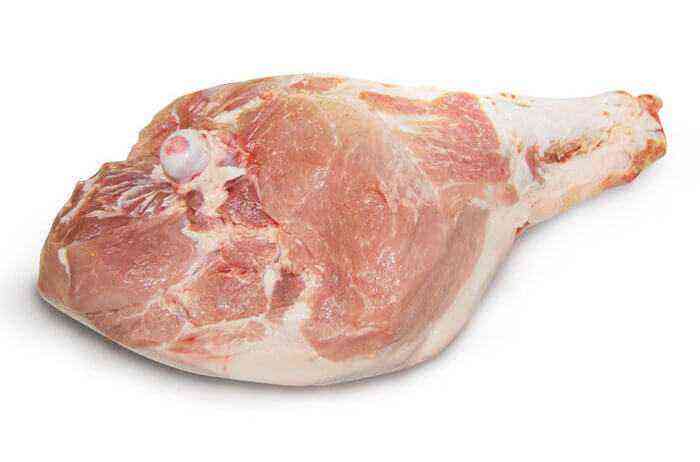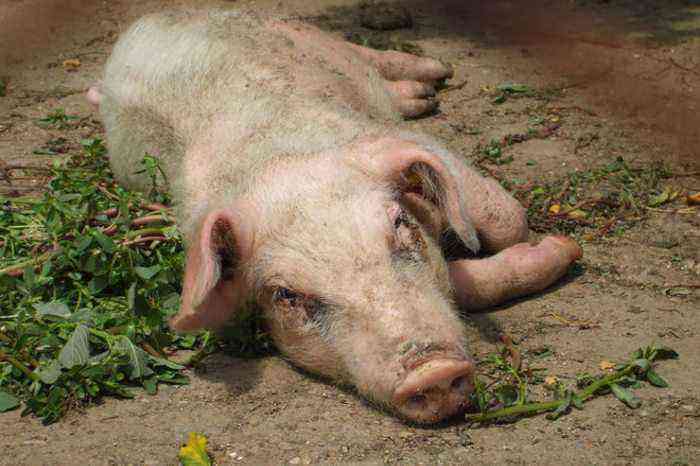The stimulating effect of biologically active substances on the body of pigs is manifested in the activation of metabolic processes, the strengthening of the digestive capacity of the digestive tract, the use of nitrogen, the increase in growth intensity, and the use of feed. Biologically active substances have stabilizing, emulsifying, funicidal, antimicrobial, anti-inflammatory and other properties. The greatest efficiency in their application is observed in stunted, sick and young animals. Let’s name some of them.
Amylosubtilin GZH – an enzyme preparation, highly soluble in water, contains a complex of enzymes. Adding it to the diets of fattening pigs with a content of 112 g of digestible protein per 1 feed. units 0,05 and 0,07% of dry matter contributes to an increase in average daily gains by 11,0 and 15,4%, a decrease in the consumption of feed units and digestible protein by 9,6 and 12,3%. In the body of pigs treated with this enzyme preparation, more fat is deposited.
Drugs have a similar effect on the body of pigs: protosubtilin GZH, pectophostidine GZH, cellovi-ridin GZH.
Feeding pigs with etonium daily in the amount of 0,5 mg per 1 kg of live weight increases their growth by 8,5%, and reduces feed costs by 7,0%. Increasing the norm of ethony to 1 mg per 1 kg of live weight increases the gain by 66 g, or by 9,9%, reduces feed costs by 0,97 feed. units, or by 20,3%. In addition, pigs receiving the supplement of ethonium have a higher slaughter yield, better chemical composition and biological value of meat, lard contains more unsaturated fatty acids, which play an important role in human nutrition.
The beneficial effect of the drug on the animal’s body is expressed in an increase in resistance and a stimulating effect on the regenerative function of the bone marrow.
Antibiotics have been widely used in pig production. However, only a few of them have a growth-stimulating effect: grizin, bacitracin, hygromycin, biomycin, biovit, cormogrizin, oleandomycin, flavomycin, penicillin, streptomycin. Antibiotics are included Milk replacer, premixes, some compound feeds. Such feed should not be subjected to heat treatment at temperatures exceeding 80 °C.
The main requirements for the use of antibiotics as growth and productivity stimulants in pigs are strict dosing of drugs in accordance with the standards. A good effect is obtained when feeding antibiotics with vitamins and trace elements.
Approximate daily doses of feed antibiotics for fattening young animals: biomycin and terramycin (activity 5000 units) – 6,5-11,0 g, native kormogrisin (activity 1200 units) – 28-47 g, biovit – 40 -47 g.
The benefits of including native (feed) antibiotics in diets can be judged from the results of the following experiment. When fattening pigs from 48 to 90 kg, one group of animals received in addition to the diet 0,5 g of feed biomycin per 1 feed. units, the other – 650 g obrat per head per day, the third (control) received only the main diet. The average daily gain in the first group was 632 g, in the second – 606, in the control – 562 g; feed costs per 1 kg of growth, respectively, 4,6, 4,7 and 5,2 feed. units As can be seen, the inclusion of biomycin during fattening turned out to be even more effective than the addition of fresh skimmed milk.
Betazine is an antithyroxine substance, and its addition to the diet of fattening pigs at a dose of 2 mg per 1 kg of live weight increases the growth rate of animals, contributes to better use of feed. Growth during the fattening period increases by 4,5%, feed consumption per 1 kg of gain decreases by 0,2 feed. units, slaughter yield increases by 2,9-3,3%.
Azobacterin – a source of nitrogenous substances and vitamin B12 (4-14 micrograms per 100 g of Azobacterin). Giving it in the amount of 0,5 g per 1 kg of live weight per day increases the average daily gain on average for the fattening period by 83 g, or 14%.
The inclusion of sodium glutamate in the diet of pigs in the amount of 16,6 g per head per day increases the digestibility of nutrients and the precocity of pigs. In the first period of fattening, the average daily gain increases by 13,3%, in the second – by 6,7%, and the feed consumption per 1 kg of gain decreases by 14,2 and 6,6%. Pigs supplemented with monosodium glutamate have better digestibility of organic matter and protein, a higher nitrogen balance, and more muscle tissue in the carcass. The additive has a positive effect on the taste of the resulting products.
Very effective use as growth promoters succinic, glutamic and citric acids. Adding them to feed in the amount of 20-40 mg per 1 kg of live weight increases the average daily gain of pigs by 5-13% and reduces feed consumption by 4-10%. Acids are given dissolved in water.

